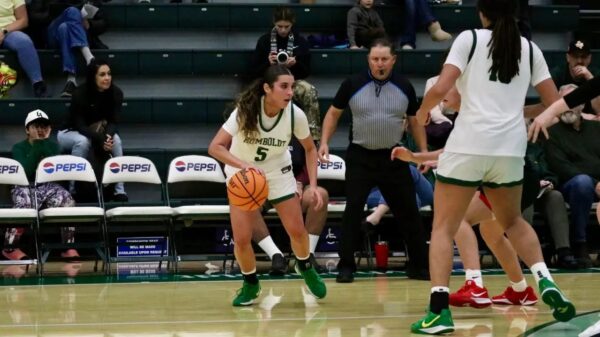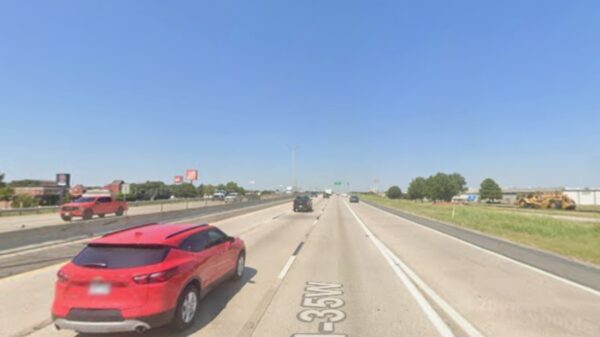The Los Angeles Lakers will begin their NBA season on October 24, 2023, against the Golden State Warriors, but they will do so without their star player, LeBron James. The team announced on October 9 that James will miss the season’s start due to sciatica, a condition affecting the sciatic nerve. Initially described as “nerve irritation in the glute” during training camp, the diagnosis has since escalated to full-blown sciatica, sidelining the four-time MVP.
Reports from ESPN’s Shams Charania indicate that James is aiming for a return in mid-November, although Lakers head coach JJ Redick stated that the timeline remains flexible, emphasizing that James has “his own timeline” for recovery. Understanding sciatica is crucial in assessing James’ situation, as the condition typically arises from irritation or compression of the sciatic nerve, which runs from the lower back down through the legs.
Understanding Sciatica and Its Impact on James
According to the Cleveland Clinic, sciatica can occur due to various factors, with a herniated disc being the most common cause. Dr. Santhosh Thomas, an expert in Interventional Spine and Musculoskeletal Medicine, notes that while most cases of disc herniation resolve within weeks to months, treatment options range from medication to spinal injections. Surgical intervention is rarely necessary unless there is profound weakness.
The sciatic nerve is the largest in the human body, comprised of five different nerves, including L4, L5, S1, S2, and S3. Irritation of any of these nerves can lead to symptoms such as burning sensations or electric shocks radiating down the leg. Approximately 40% of individuals experience some form of sciatica in their lifetime, although it is uncommon in those under 20 unless related to injury.
James, who is 40 years old, reportedly sustained the injury during an on-court workout in late July or early August. Treatment generally involves reducing physical activity while gradually reintroducing movement through stretching and mobility exercises. The Cleveland Clinic suggests that many patients recover within four to six weeks without the need for professional treatment. If James receives optimal care, his recovery could align with his targeted return in mid-November.
The Risks of Rushing Back
The severity of James’ sciatica remains uncertain. If he returns to play without a full recovery, he risks aggravating the injury further. Dr. Thomas warns that altering his movement patterns to protect the affected area could lead to new injuries. Adjustments in gait or jumping patterns might engage different muscles, potentially resulting in new pain or spasms.
During his illustrious career, James has averaged 27.0 points, 7.5 rebounds, and 7.4 assists over his 1,562 regular-season games. His 22 seasons in the NBA are tied with Vince Carter for the most in league history. Since joining the Lakers in the 2018-19 season, the team has achieved a 248-177 record with him on the court, but that drops to 56-78 (.418) without him.
This season marks James’ eighth with the Lakers, extending his longest uninterrupted tenure with any team. As fans await his return, the impact of his absence on the Lakers will be closely monitored, particularly in the competitive Western Conference.







































































